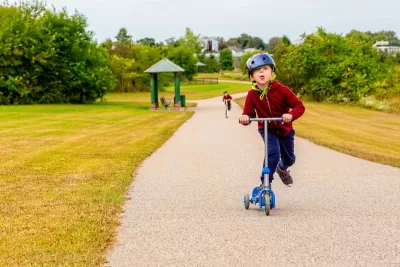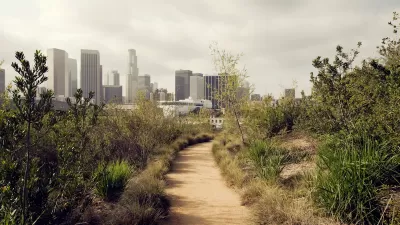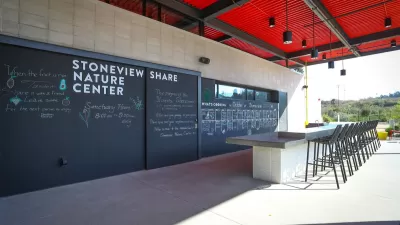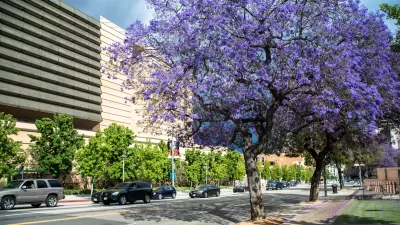Targeted investments in local parks, improved infrastructure, and enhanced transit connectivity are essential strategies to close the nature gap and ensure equitable outdoor access for underserved communities.

A recent study conducted by Jon Christensen from UCLA and Dan Rademacher from GreenInfo Network highlights the significant disparities in access to local parks across six U.S. states—Arizona, California, Georgia, Montana, New Mexico, and Washington. Their analysis revealed that approximately 23 million residents in these states live without a park within a 10-minute walk from home. While many live within driving distance of regional parks, the study emphasized that true equitable access to nature requires more than physical proximity. It calls for culturally relevant programming, improved infrastructure, and increased transit connectivity.
The researchers were surprised to find that a considerable number of people in the studied states had access to regional parks. While neighborhood parks have a strong link to positive health outcomes, regional parks can still contribute to closing the nature gap. They identified several critical actions to improve access: creating more new local parks, making infrastructure investments, and providing public transportation options. They also emphasized that equity goes beyond park availability—it is essential that parks are welcoming and accessible to diverse communities.
One of the standout solutions from the study was the concept of outdoor equity funds, which provide grants to local organizations dedicated to improving access for underserved communities. The study’s parkaccess.org tool helps identify park-poor areas, assisting public lands managers and advocacy groups in targeting their efforts. By leveraging these tools and funding solutions, local governments and community groups can work together to close the nature gap more effectively.
FULL STORY: How local parks can help close the nature gap

Maui's Vacation Rental Debate Turns Ugly
Verbal attacks, misinformation campaigns and fistfights plague a high-stakes debate to convert thousands of vacation rentals into long-term housing.

Planetizen Federal Action Tracker
A weekly monitor of how Trump’s orders and actions are impacting planners and planning in America.

In Urban Planning, AI Prompting Could be the New Design Thinking
Creativity has long been key to great urban design. What if we see AI as our new creative partner?

How Trump's HUD Budget Proposal Would Harm Homelessness Response
Experts say the change to the HUD budget would make it more difficult to identify people who are homeless and connect them with services, and to prevent homelessness.

The Vast Potential of the Right-of-Way
One writer argues that the space between two building faces is the most important element of the built environment.

Florida Seniors Face Rising Homelessness Risk
High housing costs are pushing more seniors, many of them on a fixed income, into homelessness.
Urban Design for Planners 1: Software Tools
This six-course series explores essential urban design concepts using open source software and equips planners with the tools they need to participate fully in the urban design process.
Planning for Universal Design
Learn the tools for implementing Universal Design in planning regulations.
Gallatin County Department of Planning & Community Development
Heyer Gruel & Associates PA
JM Goldson LLC
City of Camden Redevelopment Agency
City of Astoria
Transportation Research & Education Center (TREC) at Portland State University
Jefferson Parish Government
Camden Redevelopment Agency
City of Claremont





























